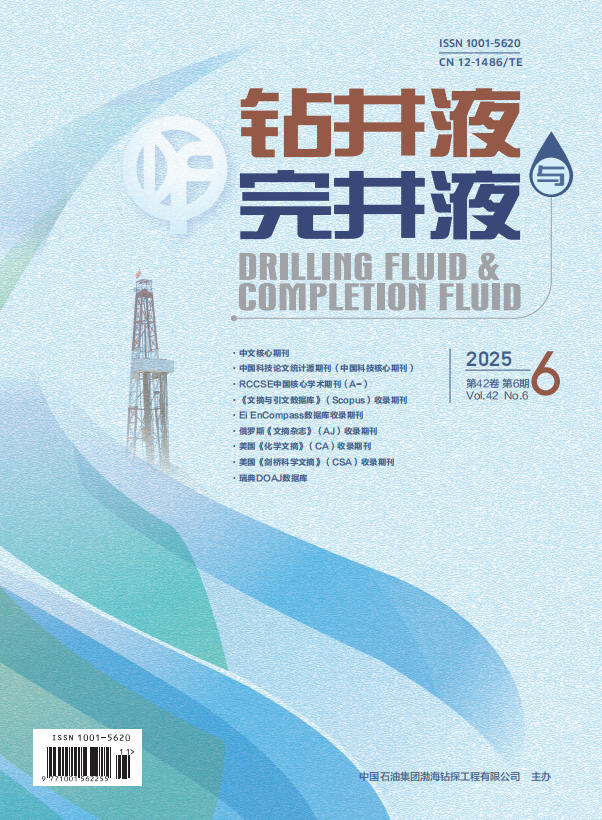Abstract:
The well X1 drilled in the Weizhou K Oilfield, Beibu Gulf Basin, western South China Sea, is a directional well with complex downhole conditions. The problems associated with this well include high well angle, long open section, high temperature, abnormal low pressure resulted from depletion of reservoir pressure, and high gas/oil ratios, which as a whole present a challenge to well cementing operations. When cementing the φ177.8 mm liners in φ215.9 mm wellbore, low displacing efficiency will result if conventional static liner cementing technology is used because of the narrow clearance between the line string and the wellbore. Problems associated with this operation include lost circulation, gas channeling because of poorly cemented formations, formation pressure depletion, and poor cementing quality of the high temperature reservoirs that cannot satisfy the needs of subsequent production through perforation. To ensure good separation between oil, gas and water zones under complex work conditions, a rotary-liner cementing technology and a high temperature early-strength anti-channeling cement slurry have been used in the cementing the well X1. New flushing fluid and spacer for the oil base mud used were selected for better cleaning mud cakes, and for reversed wettability of the surfaces of the cement sheath and the borehole wall. Using computer software, the rotary torque of the liner string was accurately simulated, and the eccentricity of the liner string improved. The φ177.8 mm liner, which penetrated a pressure-depletion and high temperature reservoir, was successfully cemented. Sector cement bond tool logging data showed that good separation between oil, gas and water has been obtained. Cement quality of the whole well was excellent, better than the cementing quality of the well K2 drilled nearby, satisfying the needs of subsequent production through perforation.



